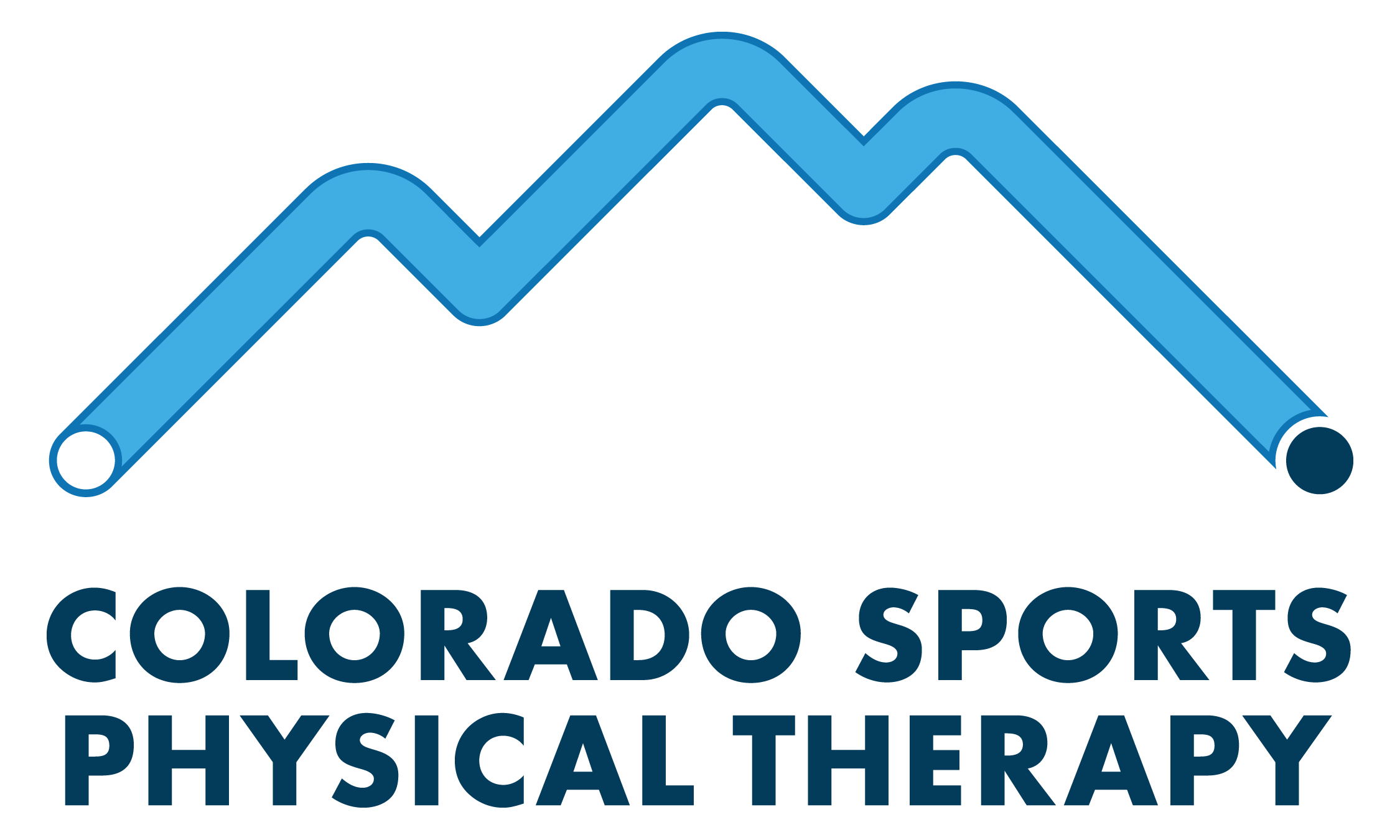The FAQ's of Functional Dry Needling
In the last few years the use of dry needling in physical therapy has grown exponentially, and for a good reason. Research has shown that dry needling is a highly effective modality for addressing dysfunctions in skeletal muscle, fascia, and connective tissues. Despite its recent increase in popularity, dry needling is a technique with origins dating back to the early 1900s. Since its inception, numerous advances in the methodology for dry needling have made it an excellent tool for modern clinicians in physical therapy. If you are considering dry needling, here are some frequently asked questions and answers to consider:
What exactly is dry needling?
Dry needling is a technique that involves the use of a thin, rounded monofilament inserted into soft tissue with the goal of decreasing muscle tension, pain, and helping to reset muscle activation patterns. Dry needling results in a deep muscular release that can allow for improvements in pain, muscle tension, and movement patterns. Functional dry needling (FDN) refers to a specific school of thought developed by Kinetacore, a dry needling continuing education company. FDN incorporates a multi-faceted model that largely emphasizes the neuromuscular system and changes that occur within that system when there is dysfunction or compensatory patterns that arise within the human body.
What does functional dry needling actually do?
The insertion of a needle into dysfunctional tissue can cause a host of physiologic improvements within the muscle. FDN has been shown to increase blood flow to targeted tissues,1 decrease muscle banding by restoring a normal length-tension relationship between muscle fibers (thus, improving the contractile abilities of the tissues), and decrease pain sensitizing agents.2
How is dry needling different than acupuncture?
Acupuncture is a form of dry needling. Functional dry needling (FDN) is different from acupuncture in that it is rooted in Western medicine whereas acupuncture is based on Traditional Chinese Medicine. Functional dry needling and acupuncture use the same monofilament needles, with different intentions. In a very simple sense, FDN looks to the neuromuscular system as a root of dysfunction and acupuncture looks to restore the body’s life energy, or “qi” through needle insertion on invisible energy channels called “meridians”, with each meridian being associated with a different organ system.
What functional dry needling is NOT
Functional dry needling is not a panacea! FDN is most effective when combined with movement-based therapy. FDN is a tool and should be paired with a comprehensive physical therapy treatment program for maximal benefits.
What can I expect with functional dry needling?
You may or may not feel the insertion of the needle. Many people may report a deep muscle ache with the treatment which is an indication to the clinician that the treatment is eliciting the desired response. After treatment, increased range of motion, decreased muscle tension, and improved muscle activation are typically the desired outcomes. Soreness in the targeted muscle is normal up to 2-3 days after treatment as well.
Are you still curious whether functional dry needling may be something that can help you? Call one of the Doctors of Physical Therapy at Colorado Sports Physical Therapy to schedule an initial evaluation where we can discuss treatment options that will best suite you!
References:
Skorupska E, Rychlik M, Pawelec W, Samborski W (2015) Dry Needling Related Short-Term Vasodilation in Chronic Sciatica under Infrared Thermovision.Evid Based Complement Alternat Med 2015: 214374.
Hsieh YL, Chou LW, Joe YS, et al. Spinal cord mechanism involving the remote effects of dry needling on the irritability of myofascial trigger spots in rabbit skeletal muscle. Arch Phys Med Rehabil. 2011;92(7):1098–105.
